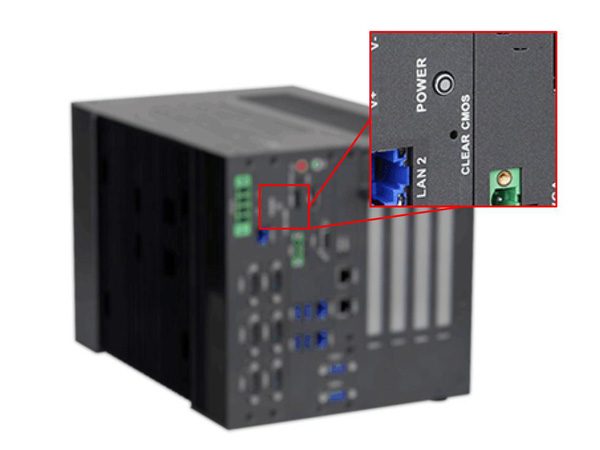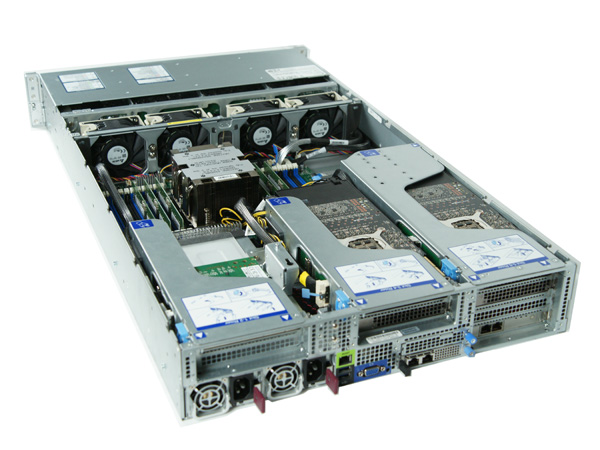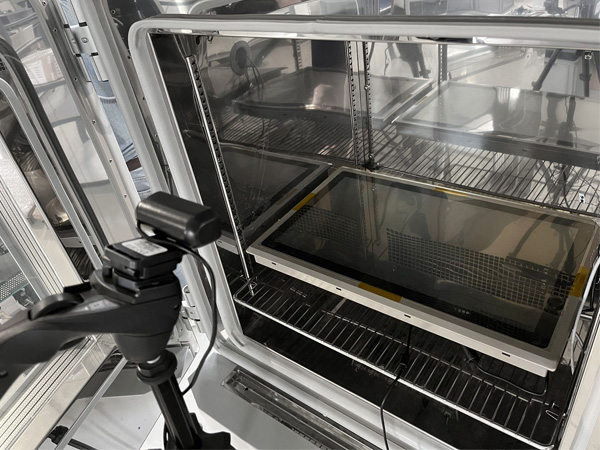Category : Case Studies, News by T-Pole | Reliability | 16 July 2025
It’s an all-too-common situation for many computer users: the machine freezes, fails to turn on, or doesn’t complete the boot process. In these moments of panic, one of the most effective and frequently recommended solutions is to “clear the CMOS,” which resets the BIOS settings to their factory defaults. And, as if by magic, the PC starts working again. But are we sure that the problem has truly been solved?
Two points of view: home vs. industrial
For a home or office user, an occasional system freeze is little more than an annoyance. The time lost is minimal, and a BIOS reset is accepted as a sporadic event without much concern. It is an effective workaround that allows you to get back up and running quickly.
However, in an industrial or mission-critical context, the perspective changes radically. A system that freezes is not a simple inconvenience but a warning sign that signals an underlying instability. Machine downtime on a production line can cause significant financial damage, delivery delays, and, consequently, contractual penalties. The machinery’s reliability is a fundamental requirement, and a manufacturer whose equipment repeatedly fails risks suffering serious damage to its reputation and losing future business opportunities.
The common approach and TPole’s value proposition
Faced with these problems, some manufacturers and hardware suppliers focus on making the BIOS reset process as simple and fast as possible, perhaps via a button accessible from outside the case. This approach, while commendable for its aim to reduce downtime, does nothing but perpetuate the logic of the workaround: it treats the symptom (the freeze), but not the disease (the cause of the BIOS corruption).
TPole’s approach is diametrically opposed and is based on a fundamental principle: root cause analysis. Instead of simply restoring the system, we invest time and resources to understand exactly what event or operating condition leads to the corruption of the BIOS settings. By working closely with manufacturers of motherboards and components, we aim to identify and correct the defect at its origin, whether it’s an issue at the electronics level or a bug in the BIOS code.
The benefits of an in-depth analysis
Discovering the triggering cause of a boot failure or loss of configuration is a complex effort, but the long-term benefits are invaluable. An in-depth analysis allows us to:
- Increase system reliability: by fixing the problem at its source, the chances of the error reoccurring are eliminated or drastically reduced, ensuring greater operational continuity.
- Reduce support costs: fewer field failures mean fewer technical interventions, lower management costs, and more satisfied customers.
- Increase confidence in the product: understanding the causes of a malfunction provides a full awareness of the system’s limits and ideal operating conditions. This translates into greater confidence in the product being offered and the ability to better advise the end-user on how to avoid critical situations, such as using unstable power supplies or the consequences of forced shutdowns.
In conclusion, although “clearing the CMOS” remains a useful tool for overcoming an emergency, it should never be considered the definitive solution but rather an action to be used on rare occasions. For those operating in sectors where reliability is everything, investing in root cause analysis is not a cost but a fundamental investment in building truly robust and resilient systems.



